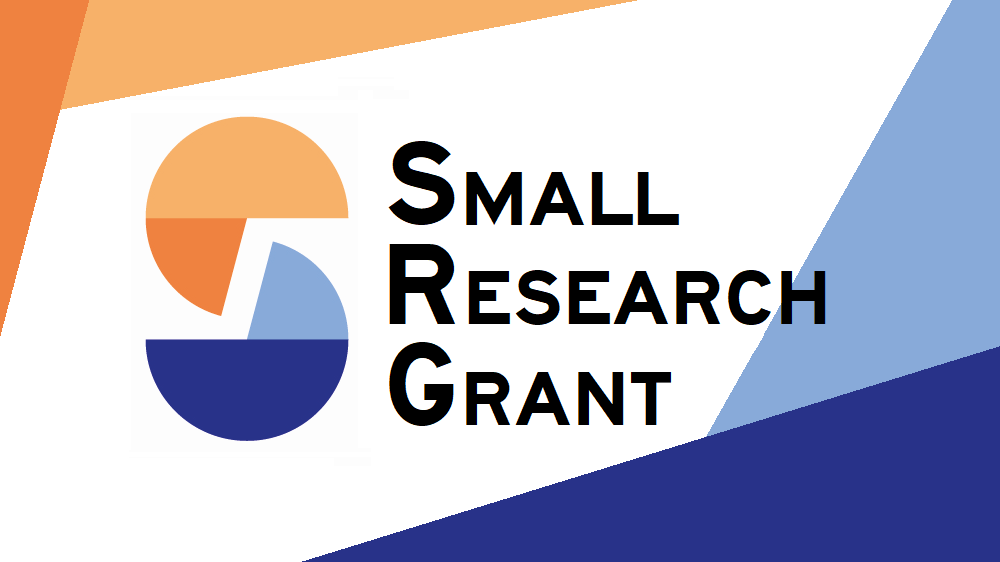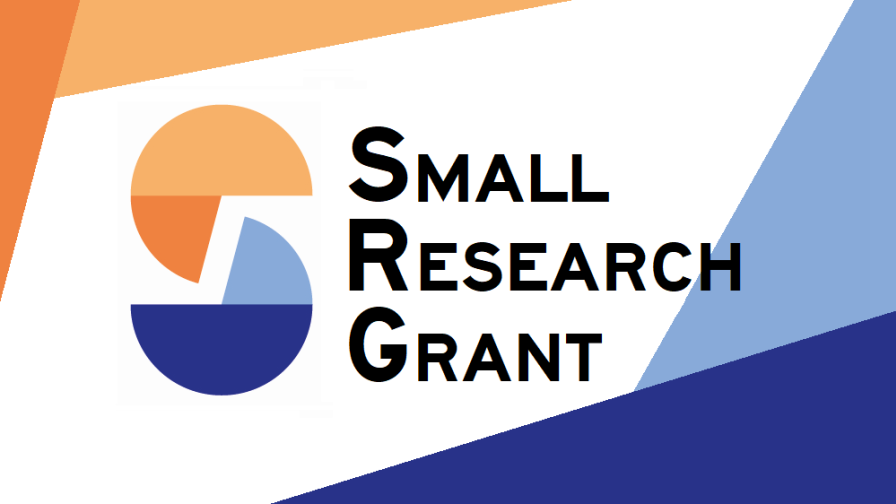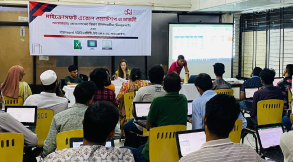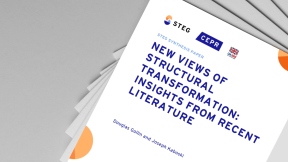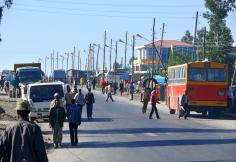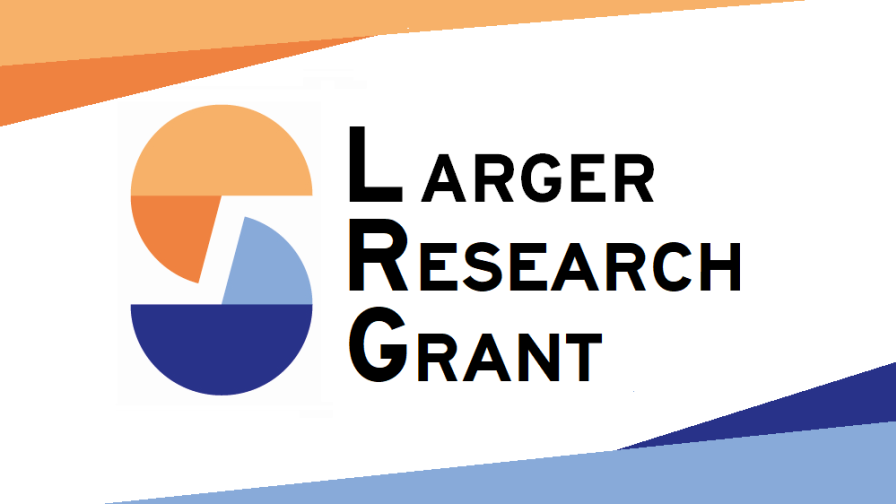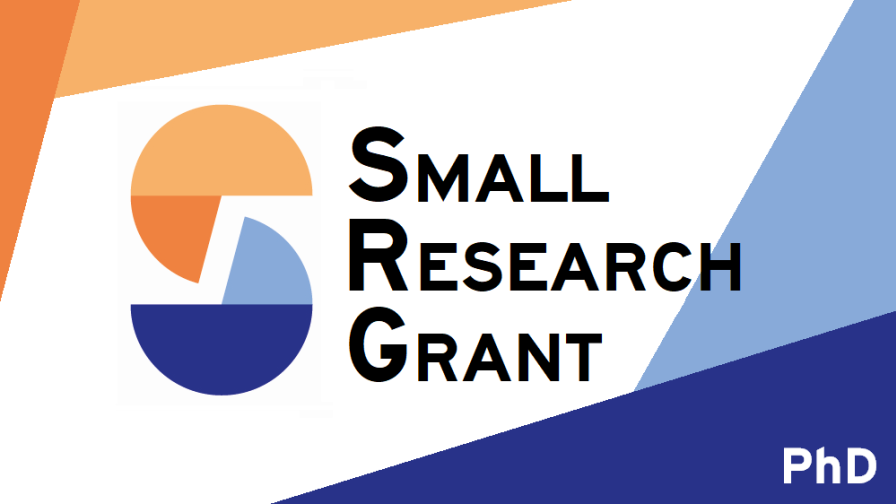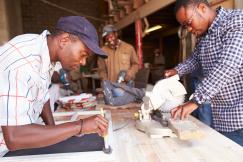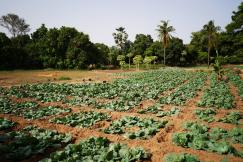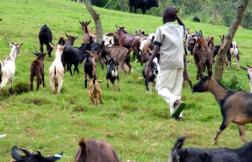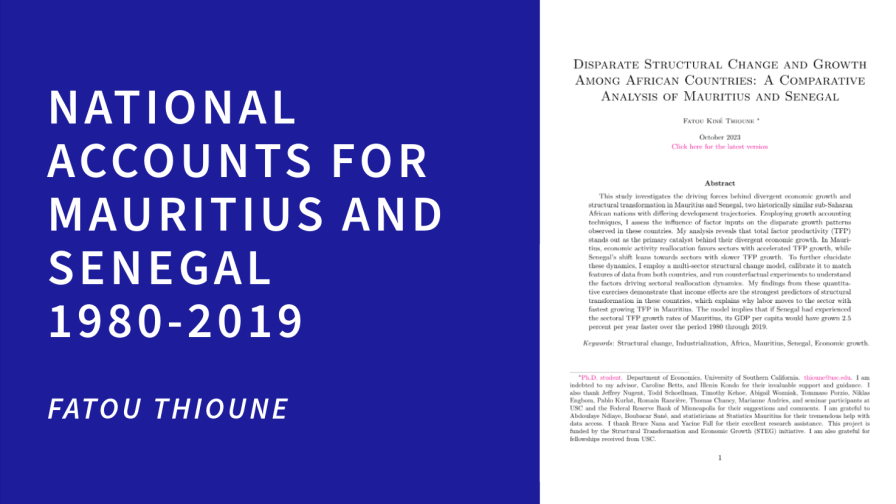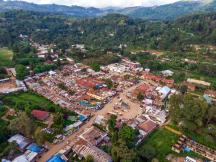Firm performance depends critically on the ability to organize managerial structures that foster effective production. Management structures matter directly (e.g., Garicano and Rossi-Hansberg, 2015; Akcigit, et al., 2021), but also potentially indirectly by affecting the optimal structure of both physical and labour inputs. To the extent these differences slow the reallocation necessary to foster growth, there are likely important equilibrium consequences as well. One of the most fundamental ways in which firm structure in developing countries is different than rich countries is the ubiquity of family-run firms. In these firms, managers are chosen from the set of firm owners as opposed to the broader set of potential managers in the economy. However, evidence about the performance of family firms is scarce due to data limitations. Hence, using rich administrative data for Ecuador, we plan to address the following questions: a) Are family firms concentrated in particular industries?; b) Within narrowly defined industries, do family firms have different input mixes? Relatedly, how do their supply chains differ?; c) Do workers flow into or out of family firms differently than non-family firms? How do earnings and worker-firm sorting differ across firm types? At a high level, our plan is to ask whether family firms differ in the production and worker structures.
This project will blend a quantitative general equilibrium modelling with empirical analysis of detailed administrative data from Ecuador. Our first step is to compute the network of firm transactions and worker flows. We will do this by matching longitudinal matched employer-employee data with firm-to-firm transaction records. We also merge in administrative, restricted-use tax records for firms, which include balance sheet and income statement information. This gives us extremely detailed information about how the universe of formal firms interact and how worker flows evolve. Finally, we have firm balance and income statements that provide detailed information on capital structures, including physical capital, intangible investment and estimates of the value of the intangible capital stock, and interest payments. These are available for all firms (public and private) via tax records. Both have been shown to play an important role for macroeconomic outcomes even independent of family firms (e.g., Cavalcanti, et al., 2021). The second step is to measure which of these firms are “family firms.” For this, we use a complete registry of shareholders and upper managers for all formal Ecuadorian firms. These data are available starting from the date the firm is formed. Utilizing the details of this data, along with detail of Spanish-speaking naming conventions, we can link managers and shareholders/owners. See Rivadeneira (2020) for more details on this procedure, including various robustness checks. Our eventual goal will be to quantify the impact of family firms on aggregate growth of Ecuador. This will require a quantitative general equilibrium model that includes family and non-family firms. The decisions on channels to emphasize within this modelling framework will be in large part be motivated by the empirical patterns we uncover. That said, we ex ante expect to build off work that develops models designed to study firm networks (e.g., Oberfield, 2018).
We expect our research to provide policy implications from the General Equilibrium model, given its ability to generate counterfactual analysis. The policy implications will range from quantifying some potential distortions in the economy (that may lead to an overabundance of family firms) to tax evasion. Understanding how family firm structures affect production decisions and labour market turnover requires a substantial amount of data. As such, we focus on Ecuador because we are confident in our ability to access these data. However, we expect our results to have broader implications, including in sub-Saharan Africa, because family farms are ubiquitous in much of the developing world.
